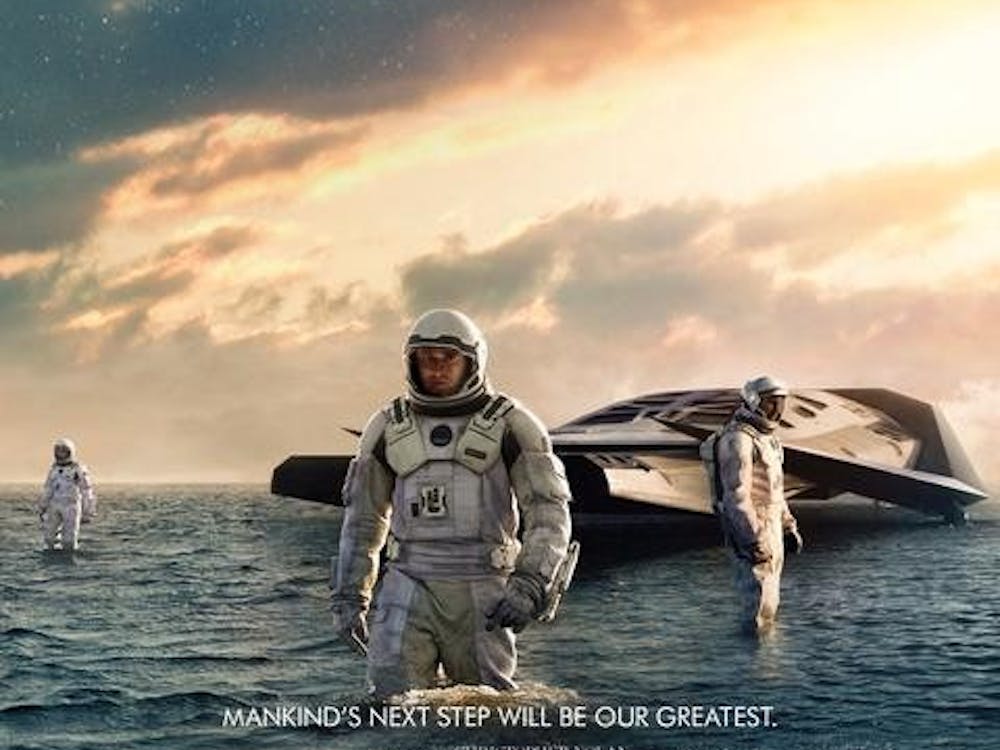From watching the recently released The Time Traveler's Wife, one would think that the book version was something akin to one of those paperback Danielle Steel novels with sentimental cursive titles that you see on supermarket shelves. After watching the movie, one would never suspect that it was actually based on a complex, fast-paced novel that combines romance of the realistic, non-sappy variety with unique, well-developed characters - a generous helping of action (which usually involved running away from police officers while naked, which is always fun and, for many University students, a relatable topic) - and an intriguing examination of the paradoxes of time travel. The reason for this misunderstanding is, in the movie version, the original story was brutally chick-flickified into a saccharine cross between The Notebook, with some dumbed-down science fiction elements on the side, and one of those made-for-TV Lifetime movies, complete with a scene of the couple running toward each other through a field of flowers.
Eric Bana plays Henry, who must deal with "chrono-impairment," a genetic condition that causes him to unexpectedly and involuntarily travel in time. Both his condition and the conflicts that it causes in his life - including his relationship with Clare (Rachel McAdams) - are badly explained and largely cut out of the movie. The film simply has been narrowed down exclusively to the romance genre, and the only real consequence of his time travel examined in any detail in the movie is the fact that his unexpected disappearance causes problems in the pair's marriage because Clare whines about being left alone and the difficulties of having children under these circumstances. But at the same time, even though many think that the combination of sci-fi and romance is likely to result in something akin to a really bad Star Trek fan fiction, the novel combines the two opposing genres successfully, examining in detail the fascinating paradoxes of cause and effect of time travel. For example, the central paradox is that Clare met Henry when she was 6, and his 40-year-old self time-traveled to visit her - in a non-creepy way, I promise - all throughout her childhood, but Henry meets Clare for the first time when he is 28, and a stranger runs up and embraces him, claiming that she has known him all her life. Clare would never have met Henry if he had not time traveled to her as a little girl, but Henry would never have time traveled to meet her if he had not already known her ... And the logic goes round and round. Although the movie offers a minimal explanation, seeming to say, "C'mon, girls, just go with it. Look, they're kissing!" the book actually centers on this theme and the odd dynamic that it creates between the couple.
Another theme in the book upon which the movie barely touches is the fact that Henry often meets his other selves from different periods in his life when he time travels and forms interesting relationships with them in some of the most interesting and important scenes in the book.
One more significant difference between the book and the movie: Although people often complain that sexuality and violence are added to movies simply for audience appeal, The Time Traveler's Wife underwent the exact opposite transition. The movie was misleadingly rated PG-13 - as opposed to the novel, which was very much an R-rated read - for nudity and sexuality. Eric Bana frequently appeared "naked," shot from the waist up, Rachel McAdams had a single nude scene and there were graphic scenes of the couple waking up in the same bed. I'm still waiting for the "unrated" version to come out on DVD, as it would be closer to the book. Enough said.






